
Not many people realize this but kennel training or crate training a puppy is a very effective way to successfully housebreak your young pet. Those who don't kennel train their dog have a disadvantage because they don't utilize their dog's natural den instinct. Dog's find comfort in a "den style" setting and they were trained at a young age by their mothers to not soil their sleeping area. Kennel training helps train your dog to be able to hold his bladder for as long as he can until you take him outside. There are also added benefits. Dog's are who go through separation anxiety have a safe place to feel in secure in while you're away.
For those who have no idea where to start, here are some tips you can use to begin kennel training your furry puppy today!
First things first, here are some things you want to avoid when kennel training your puppy:
-Don't forget to take off your puppy's collar before you put him in the crate for safety measures.
-Never associate bad experience with the kennel. You want your puppy to see it as a place of safety and security. This means, do not use the kennel as a form of punishment or yelling or shouting at your dog while he is in the kennel. This may regress the training.
-Do not let your pet stay in his kennel for a long period of time. Be prepared to take your dog out while on your lunch break or have someone come over and take your dog out. This is considered cruel and neglect if you keep your puppy caged in a crate for a long time.
Step 1- Buy a kennel that can fit your puppy when it is full grown. You may want to talk to the salesperson on which kennels would work best.
Step 2-Don't expect your puppy to naturally warm up to the kennel. It is a strange and new thing for your pet, so a slow and easy introduction works best. For the first few days, allow your puppy to explore the crate on his own terms. Do NOT FORCE YOUR PUPPY INSIDE or you will have a more difficult time kennel training.
Step 3-Make it a comfortable place for your dog. Add a blanket for comfort and safe toy to keep boredom at bay. Remember, this is all new to your puppy because he is used to sleeping with his brothers and sisters.
Step 4-Train your dog to associate great experiences with the kennel. Whenever your dog goes near the kennel or even inside, give your puppy treats and praises! Also, create a cue word for your puppy to connect his new den to. For example, "den" or even "palace" will do. This is so when you command your dog to get in the crate, he will know what you are talking about.
Step 5-You're dog may panic when you close the door on him. That's why it's important for your dog to slowly get adjusted to being in the crate. This means, limit the amount of time your puppy is in the kennel. Start off with a couple hours at first. If your puppy is very young, you can't expect your puppy to hold his bladder for a long time.
**As a general rule, for every month your puppy is, add 1 more hour to the length of time he can hold it. For example, if your dog is 3 months old, he can hold his bladder for 4 hours, if your puppy is 4 months old,he can hold it for 5 hours. You get the point.
Step 6-It's crucial for you to be consistent at all times. If you let your dog out because he is whining, than you are reinforcing that kind of behavior. Your puppy will learn that if he whines long and loud enough, you will take him out. Don't allow this kind of behavior. Stay firm.
Step 7-You're puppy will have a few accidents in his kennel at first, but in time he will learn to hold his bladder. Don't scold your dog for soiling himself, he will have no clue why you are upset.
When you feel as if your dog is progressing very well and that you are confident, try letting your puppy sleep with you in your room WITH the kennel door open.
This is what it takes to kennel train your puppy. Remember, it takes a lot of patience, time and consistency for this to be successful.
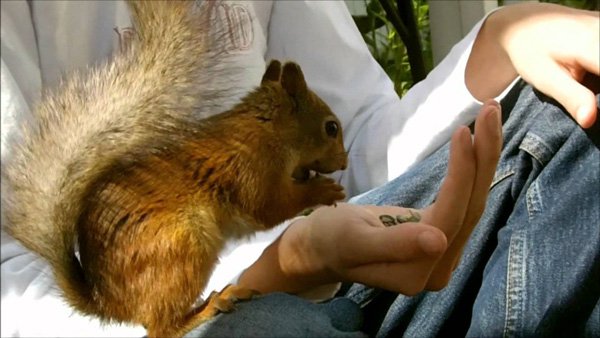 The Regulatory Authority For The Recall Of Foods
The Regulatory Authority For The Recall Of Foods
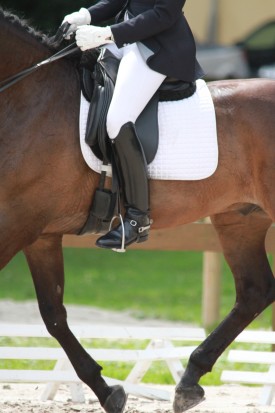 Competing In Dressage To Music
Competing In Dressage To Music
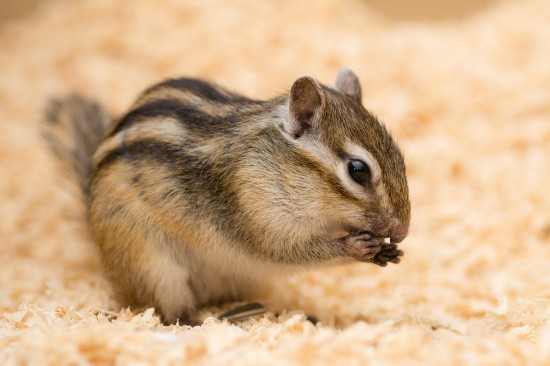 Have You Considered Keeping Chipmunks As Pets?
Have You Considered Keeping Chipmunks As Pets?
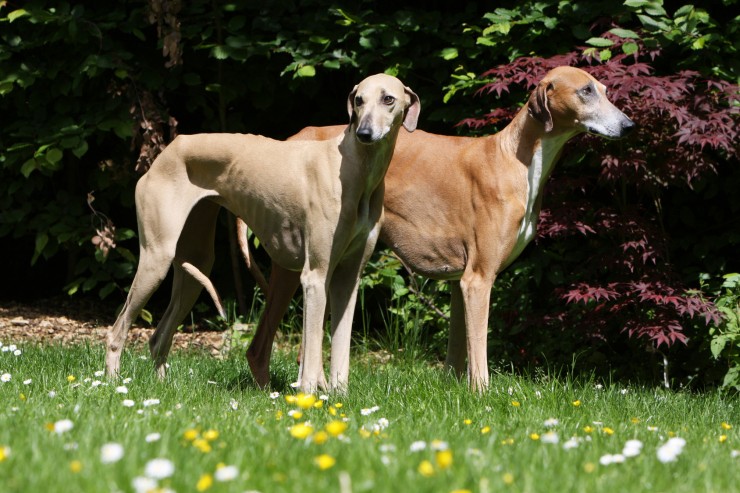 The Rare Azawakh And Health Issues
The Rare Azawakh And Health Issues
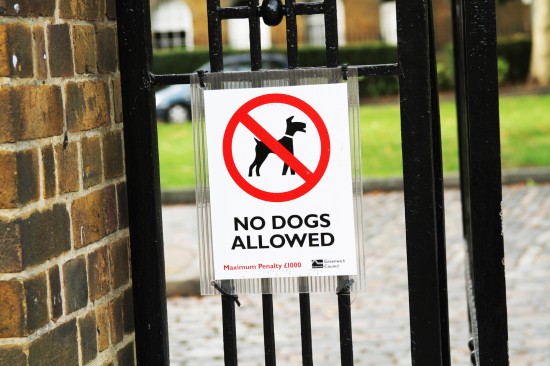 Dangerous Wild Animals Legislation And Other Laws That Control Animal Keeping
Dangerous Wild Animals Legislation And Other Laws That Control Animal Keeping
 What Determines The Price Of Koi Carp - Plus Where To Buy Koi
What Determines The Price Of Koi Carp - Plus Where To Buy Koi
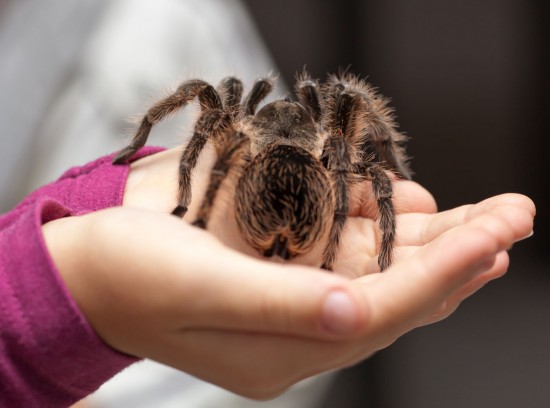 Keeping Insects And Spiders As Pets - Introduction To Invertebrates
Keeping Insects A
Keeping Insects And Spiders As Pets - Introduction To Invertebrates
Keeping Insects A
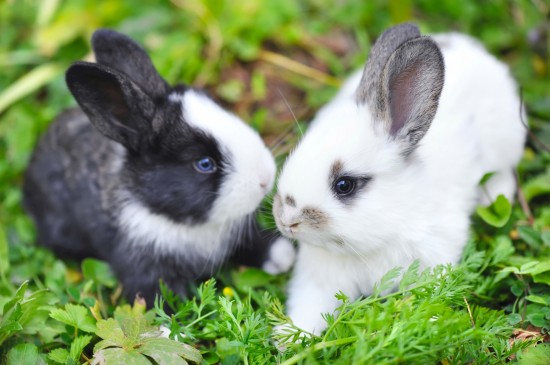 Different Methods Of Rabbit Communication
Different Methods
Different Methods Of Rabbit Communication
Different Methods
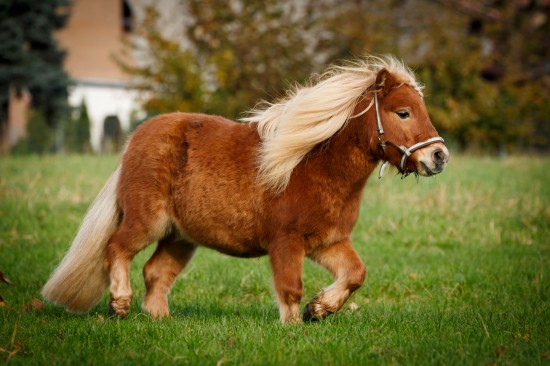 How To Feed Ponies To Avoid Obesity
How To Feed Ponie
How To Feed Ponies To Avoid Obesity
How To Feed Ponie
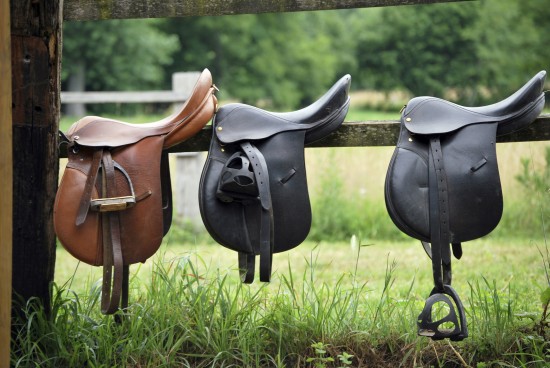 Understanding The Horse Saddle
Understanding The
Understanding The Horse Saddle
Understanding The
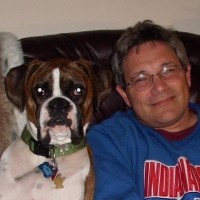 Njbr Doing Its Part To Rescue Boxers
Im always happy when I open my email and see that Ive re
Njbr Doing Its Part To Rescue Boxers
Im always happy when I open my email and see that Ive re
Copyright © 2005-2016 Pet Information All Rights Reserved
Contact us: www162date@outlook.com